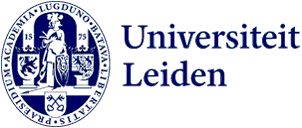Lecture | SMILE Talks
The Rise and Fall of the Limburgish tone
- Date
- Friday 12 September 2025
- Time
- Serie
- SMILE - Experimental Linguistics series
- Address
-
Herta Mohr
Witte Singel 27A
2311 BG Leiden - Room
- 1.78
Abstract
A unique feature of tonal Limburgish dialects is that the tone contrast is embedded in the intonation system. Unlike the tones of Mandarin or Yoruba for instance, the Limburgish tone catogories cannot be given invariant phonetic descriptions, as these depend on the melodic and pitch-accentual conditions of the sentence. A typologically more usual feature is that the contrast is binary and privative, such that approximately half the vocabulary has a lexical tone (‘accent 2’), while the other half lacks it (‘accent 1’), whereby the contrast is restricted to the final or penultimate stressed syllable of non-compound words.
I defined seven typological features on the basis of published prosodic accounts of nine dialects. These data not only largely confirm the dialect zones as established with segmental features, but also suggest a developmental history of the tone contrast from its genesis in Cologne some 750 years ago. These variable features are (i) the number of nuclear intonation melodies, (ii) the value of the lexical tone, (iii) the nature of the Tone Bearing Unit (mora or syllable), (iv) the sequencing of the intonation and lexical tones within a syllable, (v) the contrast on monomoraic sonorant syllables, (vi) the contrast on syllables without intonational tone, and (vii) the number of phonological interactions between lexical and intonational tones.
A full reconstruction of these prosodic systems requires data which are more difficult to harvest than segmental data, since they require targeted corpora of recorded spoken data. Because tone is recessive in the area, research on the many undescribed Franconian dialects is urgent.
